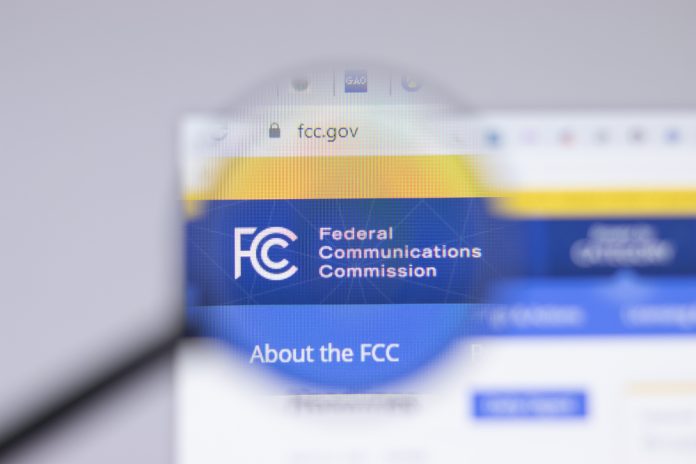
The Federal Communications Commission has secured $3.08 billion for the Rip & Replace program, ensuring targeted removal of insecure telecom equipment, yet how will this impact national security and technological advancement?
Key Takeaways
- The FCC secured an additional $3.08 billion for the Rip & Replace program, targeting Huawei and ZTE equipment removal.
- Congress authorized borrowing from the U.S. Treasury to fund this initiative.
- Initial funding was inadequate, leading to a $3 billion shortfall and only 40% reimbursement.
- The Wireline Competition Bureau has now borrowed and allocated the necessary funds.
- Further extensions for telecoms are now subject to rigid scrutiny.
FCC’s Funding Triumph: Securing Telecom Security
The Federal Communications Commission (FCC) has secured an additional $3.08 billion for its Rip & Replace program. This financial boost ensures small telecom carriers can replace insecure technology sourced from Huawei and ZTE, bolstering the integrity of U.S. communication networks. The program’s objective is to provide reimbursement to those removing, replacing, and disposing of this blacklisted equipment, which remains prevalent in rural networks across the country.
The FCC’s Wireline Competition Bureau “has now borrowed the full amount authorized” from the U.S. Treasury. This move promises a financially stable future for telecom security initiatives as it aligns with broader national interests.
Previous initiatives left a significant funding gap, resulting in only 40% reimbursement of incurred costs. This shortfall was met with legislative action, leading Congress to approve the borrowing of additional funds. The extra capital will come from spectrum auction proceeds, demonstrating a commitment to maintaining secure and reliable communication networks.
Untrusted vendor equipment in U.S. telecom networks is a security risk! We must fund the FCC's "rip-and-replace" program to protect sensitive data and ensure reliable services, especially in rural areas. #CyberSecurity #FCC #TechPolicy https://t.co/NV2UpLgekl
— McCrary Institute (@McCraryCyber) September 23, 2024
Overcoming Barriers: Easing Telecom Provider Challenges
Thirty telecom companies have collectively submitted 1,988 claims for reimbursement, resulting in over $40 million being approved for payout. Despite these achievements, companies continue to face considerable logistical challenges, including supply chain delays, labor shortages, and adverse weather conditions. The full funding aims to relieve some of these pressures, allowing companies to operate more efficiently.
“With this further allocation, recipients should be able to move swiftly to fulfill their removal, replacement, and disposal work under the Secure Networks Act and Program rules,” per the Federal Communications Commission.
Telecom trade associations, like NATE and the Rural Wireless Association, have actively lobbied Congress to allocate sufficient funds, noticing that “carriers cannot complete the job without full funding.” This additional financial inflow ensures the continuation of progress toward a secure network infrastructure.
New Phase: Imposing Stringent Precautions
The recent funding influx prompts the FCC to be more judicious in granting extensions for claims. As of December, 118 out of 139 extension requests were approved, with the agency indicating more selective practices moving forward. “Further extensions will become increasingly unnecessary,” meaning telecom operators must streamline operations to meet program deadlines.
FCC activities align with national security goals by addressing threats associated with Huawei and ZTE products. This comprehensive funding plan illustrates the United States’ steadfast approach to telecom and network security, laying a robust foundation for future technological evolutions like 5G.







